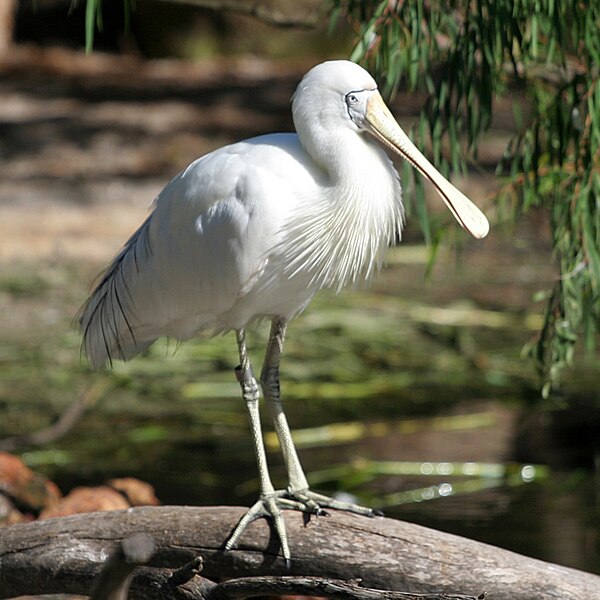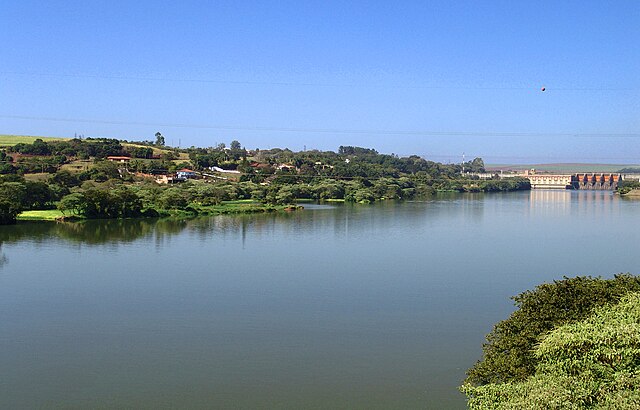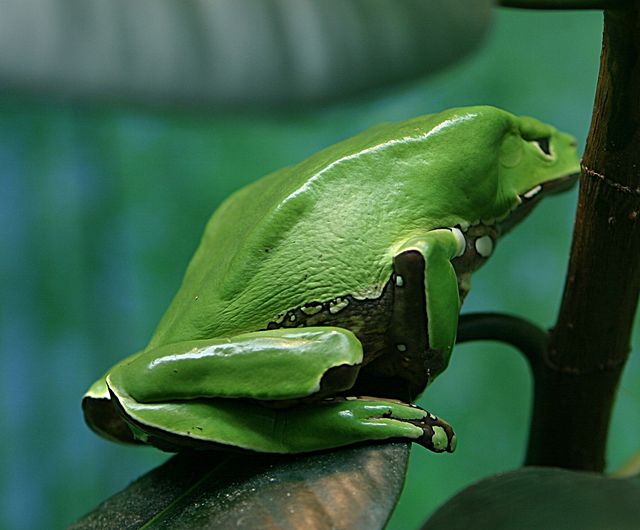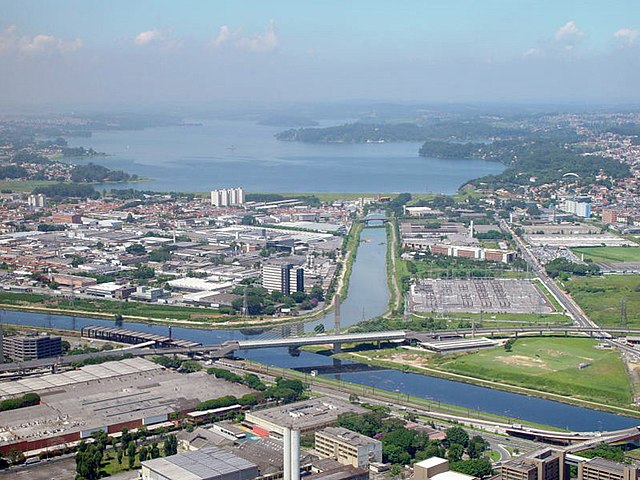Water resources management in Brazil
Water resources management is a key element of Brazil's strategy to promote sustainable growth and a more equitable and inclusive society. Brazil's achievements over the past 70 years have been closely linked to the development of hydraulic infrastructure for hydroelectric power generation and just recently to the development of irrigation infrastructure, especially in the Northeast region.
Panoramic view of the Itaipu Dam, with the spillways (closed at the time of the photo) on the left
Yellow-billed spoonbill
Rio Tietê
Deforestation in the Amazon Rainforest threatens many species of tree frogs, which are very sensitive to environmental changes (pictured: giant leaf frog)
Water management in the Metropolitan Region of São Paulo
Water management in the Metropolitan Region of São Paulo, Brazil faces several challenges, including pollution of drinking water reservoirs that are surrounded by slums, water scarcity leading to conflicts with the Campinas Metropolitan area to the north, inefficient water use, and flooding. The sprawling Metropolitan Region of São Paulo (MRSP) with close to 20 million people is the seventh most populous urban area in the world and the economic, financial and technical hub of Brazil. The main stakeholders in water management in MRSP are the state government, the state water and sanitation utility Sabesp and 39 municipal governments. A basin committee for the Alto Tietê basin, which covers the entire area of the MRSP and supplies half of its water, brings together all stakeholders. It has drawn up two master plans for the management of water resources in the basin. The first was approved in 2003 and focused on urban sprawl. The second was approved in 2009 and focused on water use conflicts.

Satellite picture of São Paulo showing the Billing and Guarapiranga reservoirs completed surrounded by built-up areas.
The Guarapiranga reservoir, which is exposed to pollution, supplies drinking water to nearly four million people.






